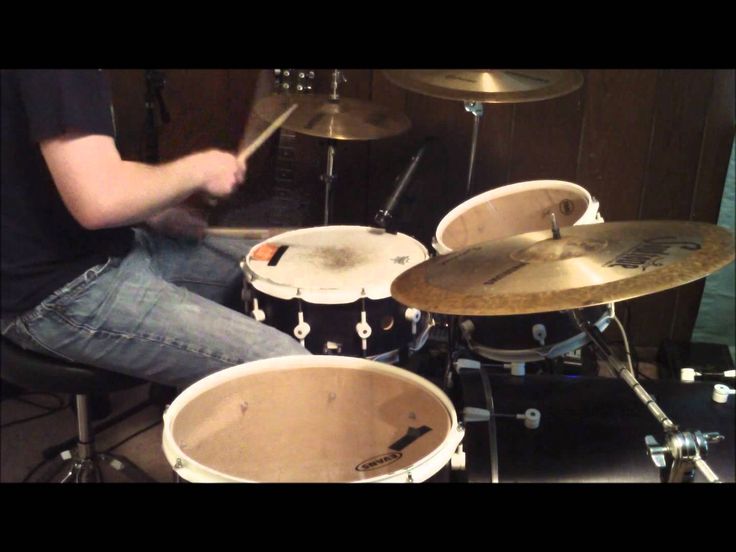The paraddidle is said to have been the most widely populated RUDIMENT of all time.
Why? Simply because it has played a major part and been used and can be used to express a whole lot.
Thats why in this lesson, we call it the Great paradidlle. You can read the previous posts here.
The PARADIDDLE is a 4 note long sticking pattern rudiment which comprises of R AND L as discussed in our previous lessons.
The PARADIDDLE is written as RLRR or LRLL. It can be played in different sub-divisions from the 4th , 8th, 8th note triplets, 16th, 16th note triplet and 32nd notes subdivisions.
The PARADIDDLE is a very useful tool when playing drum fills.
It can also be inverted. That will be treated in the next lesson as this is an introductory lesson.
Note that the paradiddle can be tweaked at any level. Below is an example of an application of the paradiddle.
The SINGLE PARADIDDLE:
The single paradiddle is also been called the MOTHER PARADIDDLE by me simply because from this type is the other one birthed out. e.g Double Paraddidle, Triple Paradiddle and Single Paradiddle-diddle.
RLRR OR LRLL
Most times it is played fully as RLRR LRLL just to complete a full course for both the right and left hand creating a balance.

This is played in a 16th notes sub-division.
In other words, the paradiddle is played in this case all the starting notes ACCENTED(>).
If you noticed, the first note started with a R and last note ended with a L. With that a balance has been created between the right hand and the left hand.
Now,
The Double-paradiddle:
The double paradiddle is just an addition of a R and a L. Which mean an addition of 2 extra notes from either starting with the R or L.
So, it is written as RLRLRR OR LRLRLL.


